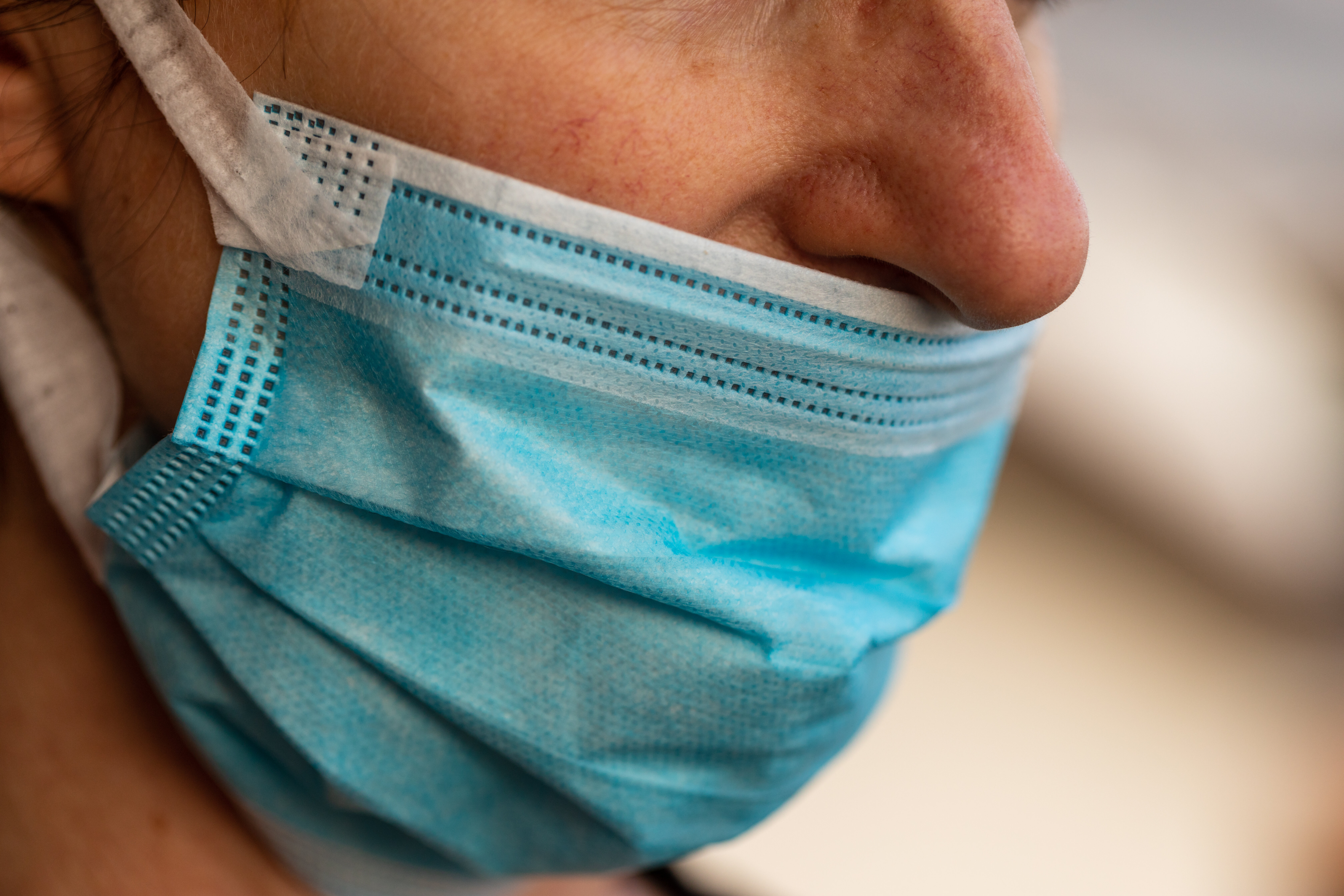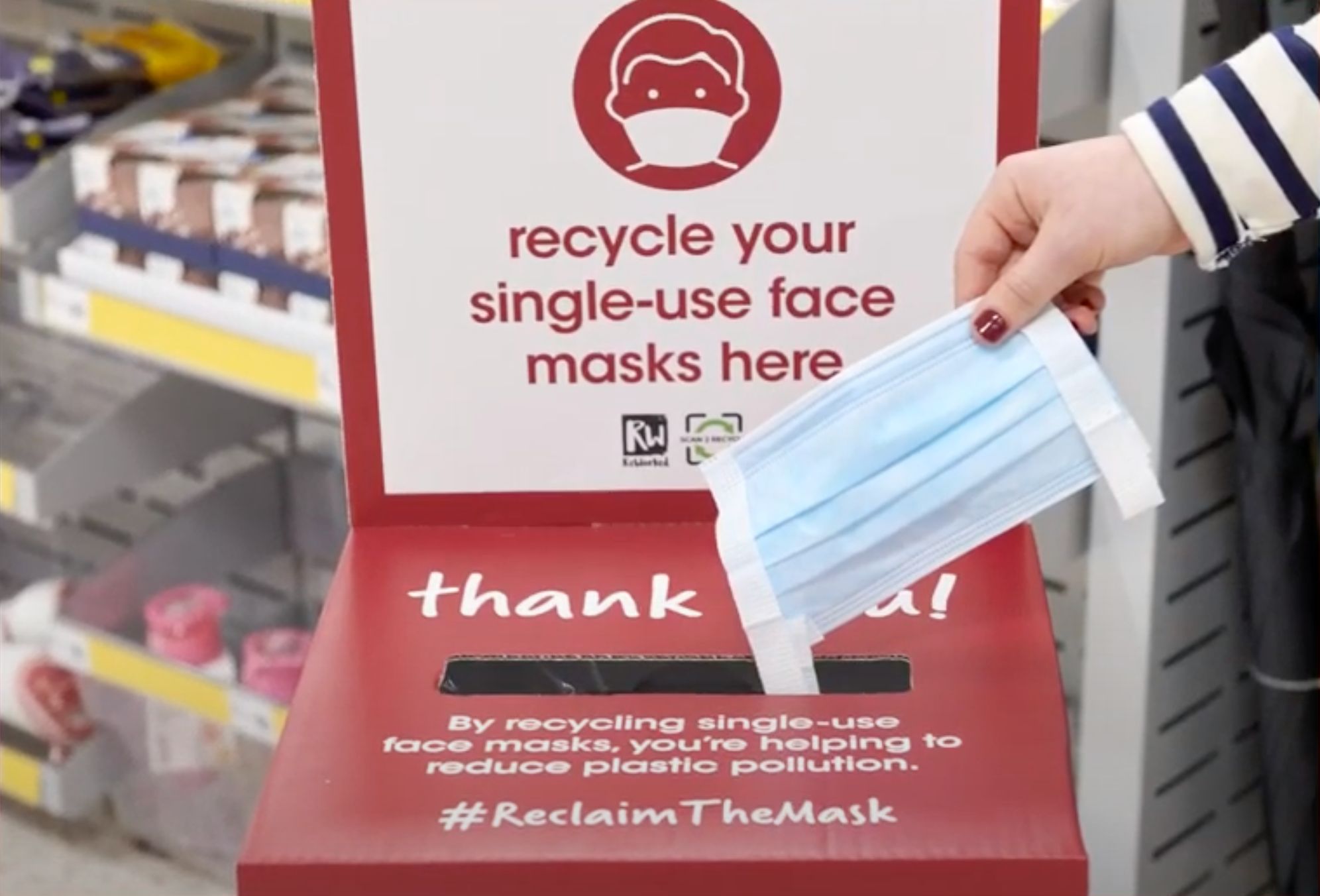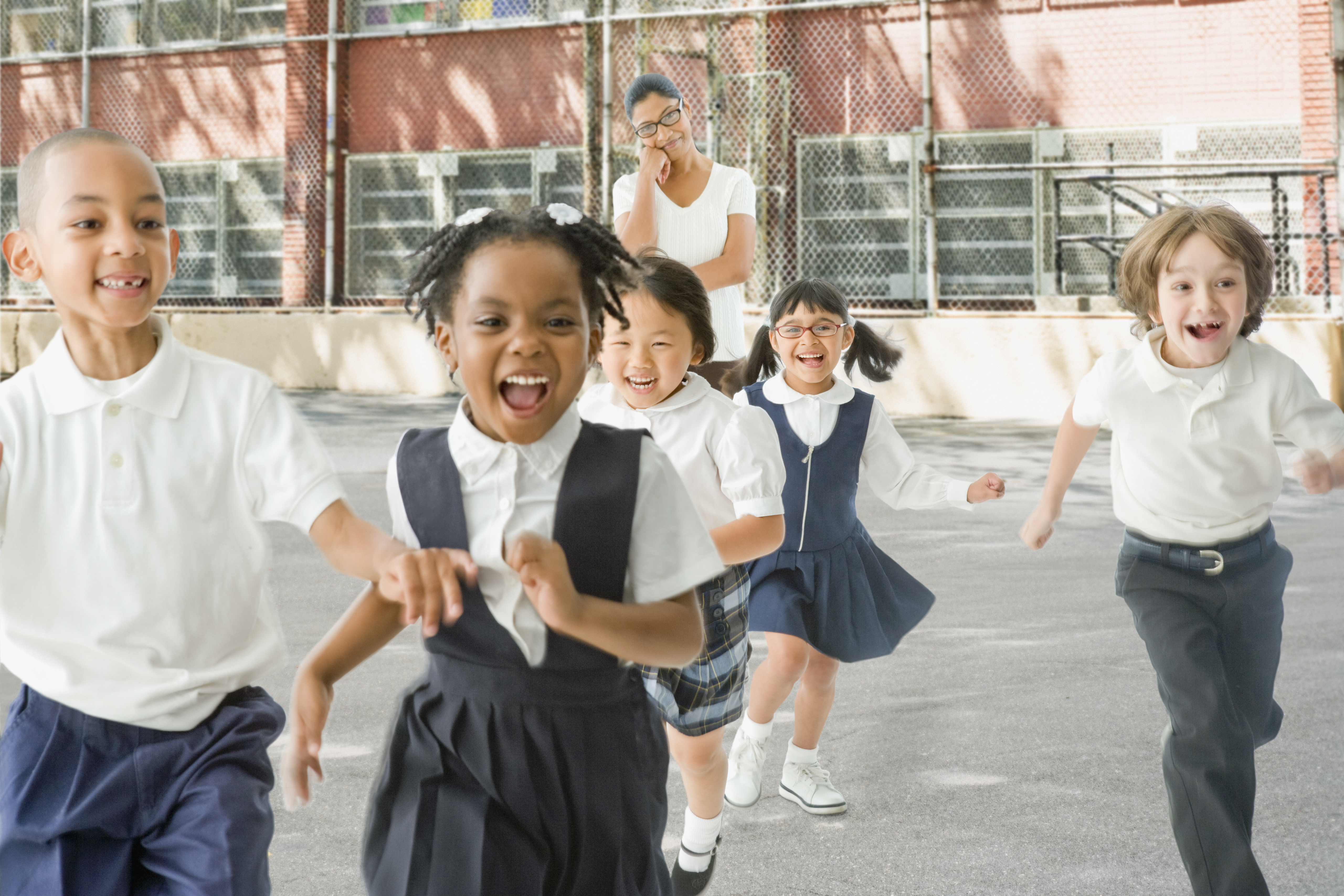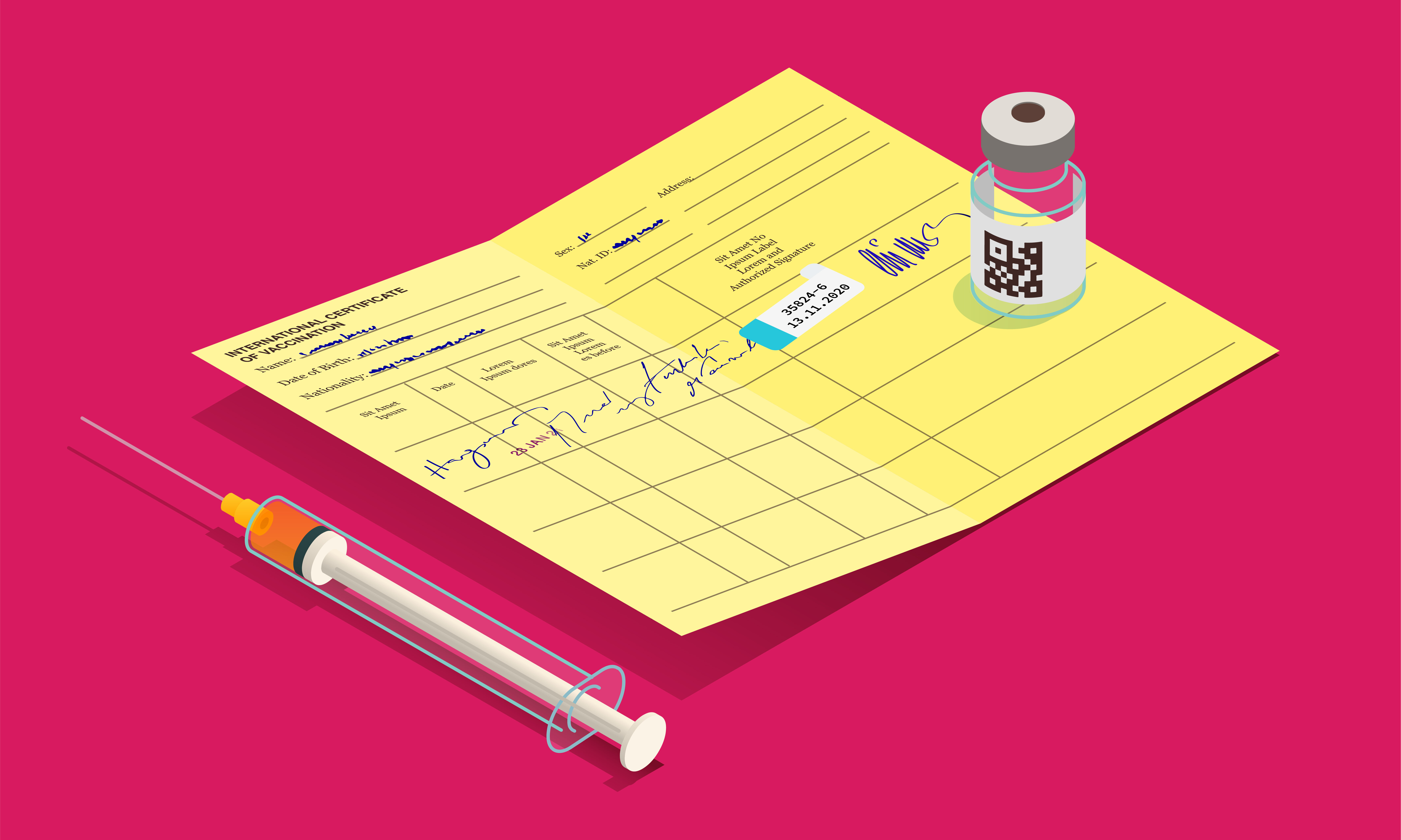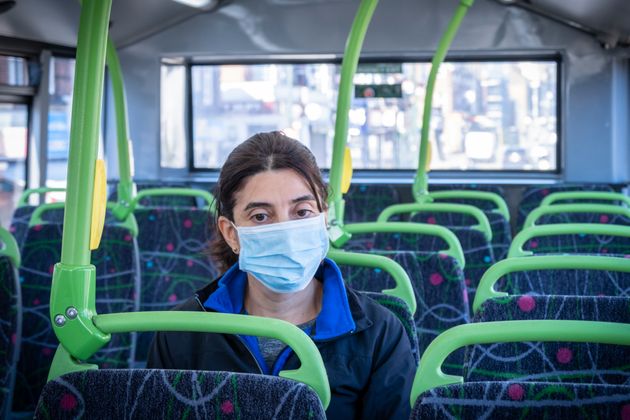
Every Monday, we’ll answer your questions on Covid-19 and health in a feature published online. You can submit a question here.
HuffPost UK reader Glyn asked: “Can you catch Covid sitting on a plane or bus as you are sat side by side?”
Throughout the pandemic, we’ve been told to avoid public transport as much as possible. So it begs the question: how risky is travelling with other people? And, as one reader asks, what’s the risk of catching the virus if you’re sitting next to someone?
The answer – as always – is not simple. A SAGE summary covering SARS-COV-2 and respiratory viruses on public transport states: “There is a good body of evidence to associate public transport with transmission of respiratory infections from a mixture of epidemiological studies and modelling studies.
“While some show no association between public transport and risk, the overall weight of evidence is towards an increased risk.”
Whether you catch the virus will depend on lots of risk factors, here are some questions you can ask yourself before hopping on that plane, bus or train.
Submit a coronavirus health question to HuffPost UK.
1. How high are cases in your area?
Firstly, for you to catch virus from someone you’re sat next to, they would need to be carrying it.
As it stands, around 6,000 people in the UK are testing positive each day and the R rate is somewhere between 0.6 to 0.9. This has risen slightly – although is not too surprising, given kids have gone back to school. If R is greater than 1, the epidemic is generally seen to be growing; if R is less than 1, the epidemic is seen to be shrinking. You can check the R rate in your area online.
The percentage of people testing positive has increased in Scotland and the north west of England, according to the ONS. However elsewhere it appears to still be declining – thus, the risk of transmission is lower.
2. How busy is the mode of transport?
The quieter the mode of transport, the better. Not only because there are fewer people to catch it from, but also because you can spread out. This means if one of you does have the virus – and one in three are thought to be asymptomatic, so this can happen – you’ll be less likely to catch it.
“There is a risk of acquiring infection from travelling on public transport, where there are large numbers of people in a crowded, confined environment, when some may be infected and exhaling virus into a poorly ventilated environment if windows are closed,” says Dr Julian Tang, honorary associate professor and clinical virologist in respiratory sciences at the University of Leicester.
Can you catch the bus at a different time that isn’t during rush hour? What about taking a flight that’s at a less popular time?
3. Are people wearing face masks?
Face masks are mandatory on public transport and flights, so if you do end up beside someone, masks should minimise the risk of transmission – just make sure you’re both wearing masks over your nose and mouth.
Dr Stephen Griffin, associate professor and virologist at Leeds Institute of Medical Research, says masks are “critical” as they prevent the exhalation of a considerable proportion of the heavier droplets, as well as some of the aerosols.
“If you were sat next to someone without a mask, facing them or not, then the aerosols you generate would quickly spread in all directions,” he explains. “The droplets behave more like projectiles and will settle on surfaces within a few metres. So, sitting side by side is better in terms of avoiding direct droplet exposure, but essential to combine with a mask because of the aerosols.”
A study which looked to identify transmission mechanisms on an urban bus found that well fitted surgical masks, when worn by both infected and susceptible passengers, can nearly eliminate the transmission of the disease.
4. How close are you sitting?
The closer you’re sat, the higher the risk. A study from the University of Southampton looked at transmission on high-speed train routes in China. It found passengers travelling in seats either side of an infected person suffered the highest level of transmission. For those sitting on the same row, there was also an increased risk of catching Covid-19. It’s worth noting the risk estimated in this paper reflected scenarios of no or limited face covering.
On planes, it’s a similar situation. A FlyHealthy study conducted by researchers from Emory University in 2018 found an infectious passenger with influenza was unlikely to transmit infection to passengers seated further away than two seats laterally and one row in front or behind.
A preprint study about Covid-19 transmission on planes suggested when all seats are full on a US jet aircraft, the risk of contracting Covid-19 from a nearby passenger is about one in 7,000 (so pretty low, to be honest). But if the middle seat between two passengers is left empty, that risk falls to about one in 14,000.
5. How long are you travelling for?
Length of time spent travelling will also lower or increase your risk – the longer you’re on there, the higher the risk. The researchers of the train study concluded that a safe social distance of more than one metre is required for one hour spent travelling together. After two hours of contact, they considered a distance of less than 2.5 metres to be insufficient in preventing transmission.
For plane travel in particular, Professor David Hunter, an expert in epidemiology in the Nuffield Department of Population Health at University of Oxford, previously told HuffPost UK shorter flights pose less of a risk than longer flights.
If you’re getting the bus, Dr Tang recommends getting off a few stops earlier and walking the rest of the way.
6. Is the ventilation decent?
“Ventilation is critical,” says Dr Griffin. On buses and trains, it’s sometimes possible to open windows – if this is the case, it can siphon out any unwanted nasties floating around in the air, reducing your risk of catching the virus. “The virus is not only present on the larger droplets that you can see in your breath e.g. in cold weather, but it’s also in aerosols,” explains Dr Griffin.
“These tiny particles can remain suspended in the air for prolonged periods and so spread quite some considerable distance, occupying much of any confined space. Good ventilation is therefore essential as masks aren’t as good at stopping aerosols, although the better the mask, the more they are filtered out.”
Dr Tang recommends sitting away from other people and near open windows or doors for improved fresh air ventilation.
Generally it’s believed the air conditioning filters used on aircrafts, called high efficiency particulate air (HEPA) filters, do a good job of filtering out particles the size of Covid-19. A preprint study looking at the spread of SARS-CoV-2 on airplanes and high-speed trains found the risk of the virus spreading on modes of transport with high efficiency air filtration devices was relatively low.
“Combining distance, ventilation, orientation – side by side is better – and masks makes all the difference,” says Dr Griffin. “There isn’t a trade-off, do as much as you can!”
Experts are still learning about Covid-19. The information in this story is what was known or available at the time of publication, but guidance could change as scientists discover more about the virus. To keep up to date with health advice and cases in your area, visit gov.uk/coronavirus and nhs.uk.

